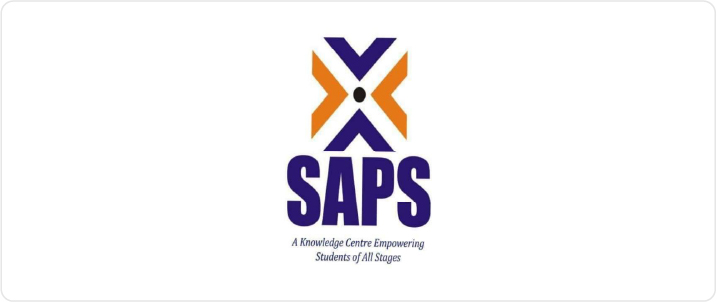The traditional office setup has undergone a seismic shift in recent times. With remote work becoming the new norm, Chief Financial Officers (CFOs) are tasked with managing critical financial processes from the comfort of their homes. Among these crucial tasks, closing the books at the end of each month remains paramount.
Embracing the Virtual Transition
The move to remote work necessitates a reimagining of the financial close process. While the location may have changed, the principles of a robust month-end close remain the same: accuracy, timeliness, and compliance. Here’s a comprehensive guide for CFOs on effectively conducting month-end closures from a remote setting.
Establishing a Seamless Virtual Environment
1. Leverage Cloud-Based Financial Systems
Transitioning to cloud-based accounting and ERP systems provides real-time access to financial data from any location. This ensures team members can collaborate efficiently, irrespective of their physical workspace.
2. Secure Virtual Communication Channels
Implement encrypted communication tools to facilitate secure discussions among finance teams. Platforms like Slack, Microsoft Teams, or dedicated finance collaboration tools can serve as virtual meeting rooms for financial close discussions.
3. Data Security and Compliance Measures
Prioritize cybersecurity by implementing robust security protocols, multi-factor authentication, and secure VPN connections. Additionally, ensure compliance with data protection regulations like GDPR or HIPAA, as remote work may present new challenges.
Streamlining Month-End Procedures
4. Standardized Closing Checklist
Maintain a detailed checklist that outlines each step of the month-end close process. This ensures consistency and accuracy in financial reporting, even in a virtual environment.
5. Virtual Team Coordination
Regular virtual meetings and check-ins are crucial for keeping the finance team aligned and informed about the progress of month-end activities. Clear communication channels are vital in a remote work setup.
6. Utilize Automation and AI Tools
Leverage automation for routine tasks like data entry, reconciliation, and report generation. AI-powered tools can analyze large datasets, identify anomalies, and provide valuable insights to guide financial decisions.
Ensuring Accuracy and Integrity
7. Robust Financial Controls
Maintain a system of internal controls to safeguard against errors or fraud. Regularly review and update controls to adapt to the virtual work environment.
8. Remote Auditing Capabilities
Ensure that external auditors have the necessary access and tools to conduct remote audits effectively. Provide secure access to financial systems and facilitate virtual document sharing.
Navigating Potential Challenges
9. Addressing Connectivity Issues
Acknowledge that remote work may occasionally face technical hiccups. Have contingency plans in place to address issues promptly and ensure minimal disruption to the financial close process.
10. Maintaining Employee Well-being
Remote work can blur the boundaries between personal and professional life. Encourage regular breaks, establish clear work hours, and promote a healthy work-life balance to support the well-being of your finance team.
Conclusion: Mastering Remote Month-End Closures
The shift towards remote work has accelerated the need for agile and tech-savvy financial operations. By adopting cloud-based systems, prioritizing data security, and leveraging automation, CFOs can ensure a seamless month-end close process from the comfort of their homes. Embracing these changes not only ensures business continuity but also sets the stage for a more efficient and adaptable finance function in the long run.




















